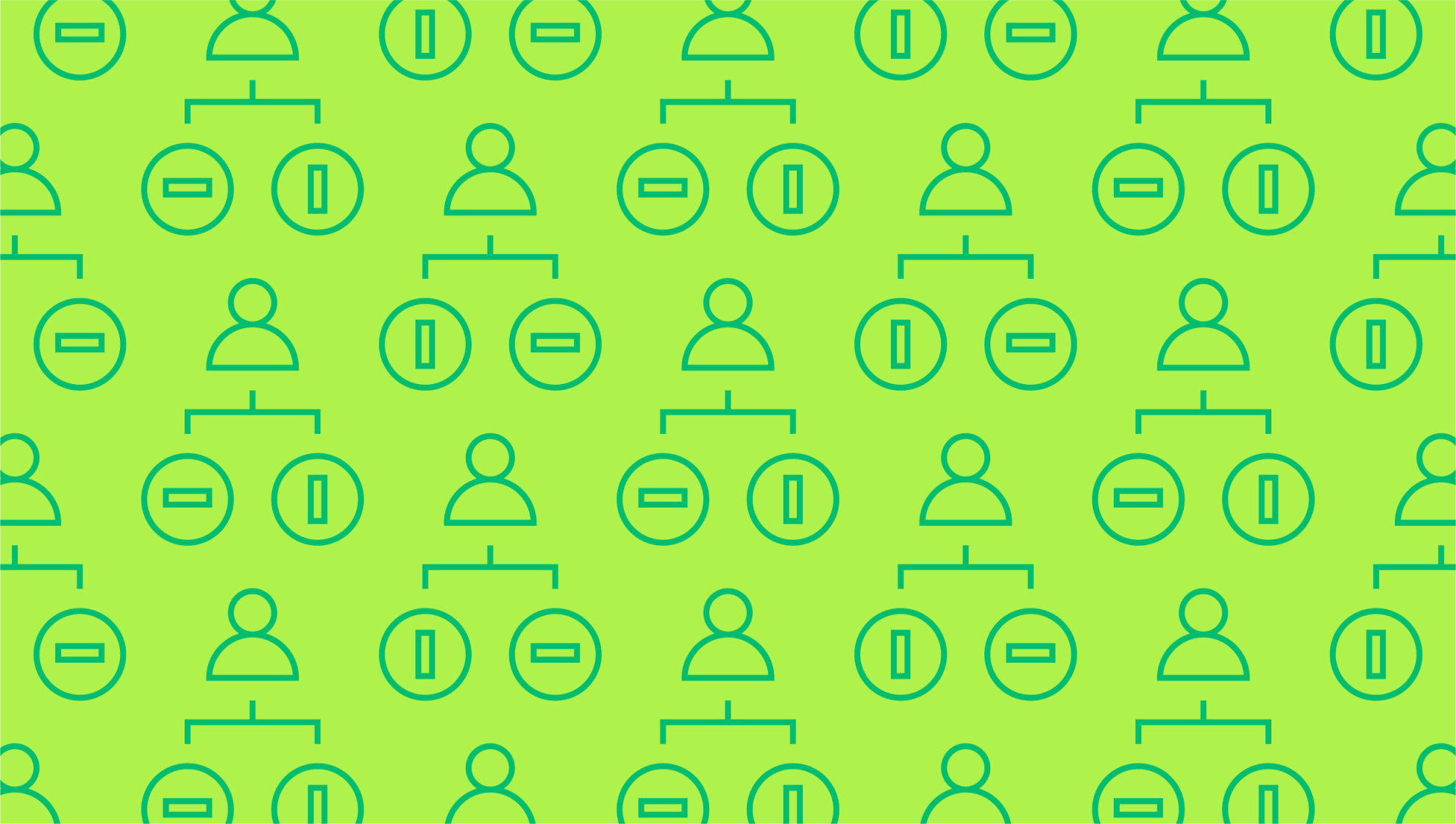Last editedJul 20212 min read
You have big dreams and even bigger ambitions. You may run a successful small business but certainly don’t want it to stay small. You want to expose your brand and your products to new customers in new markets. If you’re tired of being a big fish in a small pond, you may have your sights set on growth to overseas markets.
But international trade brings with it a unique set of risks and complexities, especially in the post-Brexit landscape. Bills of exchange are used by businesses and banks all over the world to provide assurance and protection. If you want to forge great relationships with overseas clientele, you’ll need to familiarise yourself with bills of exchange.
Let’s take a look at what they are and how they work.
What is a bill of exchange?
A bill of exchange is a type of contract between a buyer and seller (or importer and exporter). While they are not exclusive to international trade, they are certainly more commonly seen in exchanges of goods between countries. This is due to the added risk that comes with international trade. Legislative differences and the logistics of transporting goods internationally make both buyer and seller more vulnerable.
A bill of exchange is often used to protect the transaction. It is a binding agreement between buyer and seller where the buyer agrees to pay a fixed sum of cash at a predetermined date or upon demand from the seller. Banks usually act as third parties in bills of exchange to ensure payment and receipt of funds.
What information needs to be included in a bill of exchange?
In order to be legally binding, a bill of exchange will need to contain the following information:
Title – The document needs to have the term "bill of exchange" clearly noted on the face.
Amount – The sum to be paid needs to be clearly stated both numerically and in text.
As of – This refers to the time period when the amount is to be paid. This may be upon delivery, upon shipment or upon a predetermined date.
Payee – The name (and possibly the address) of the party to be paid.
Identification number – Each bill of exchange must have its own unique identification number.
Signature – The bill must be signed by someone authorised to commit the buyer / drawee to pay the designated sum.
Bills of exchange are not usually subject to interest. However, if payments are subject to interest if not settled by a certain date, the rates and terms need to be clearly stated on the bill.
Is a bill of exchange the same as a promissory note?
A bill of exchange is very similar to a promissory note. Both establish an obligation for a buyer to make payment to a seller within a predetermined time frame. The fundamental difference is that a promissory note is written by the debtor, whereas a bill of exchange is written and issued by the creditor.
Bill of exchange example
Let’s say you own a vehicle repair shop that specialises in repairs and parts sales for American cars. This will, inevitably, require you to order parts from overseas. Let’s say you purchase £10,000 in parts from a vendor in the States. They may then draw up a bill of exchange stipulating that payment of £10,000 will need to be made within 30 days.
You will receive and accept the terms of the bill of exchange. Because the agreement now binds both parties, the goods can be safely dispatched. The bill of exchange acknowledges the debt between the creditor (the vendor) and the debtor (you).
We can help
If you’re interested in finding out more about bills of exchange, trading internationally, or any other aspect of your business finances, then get in touch with our financial experts. Find out how GoCardless can help you with ad hoc payments or recurring payments.





